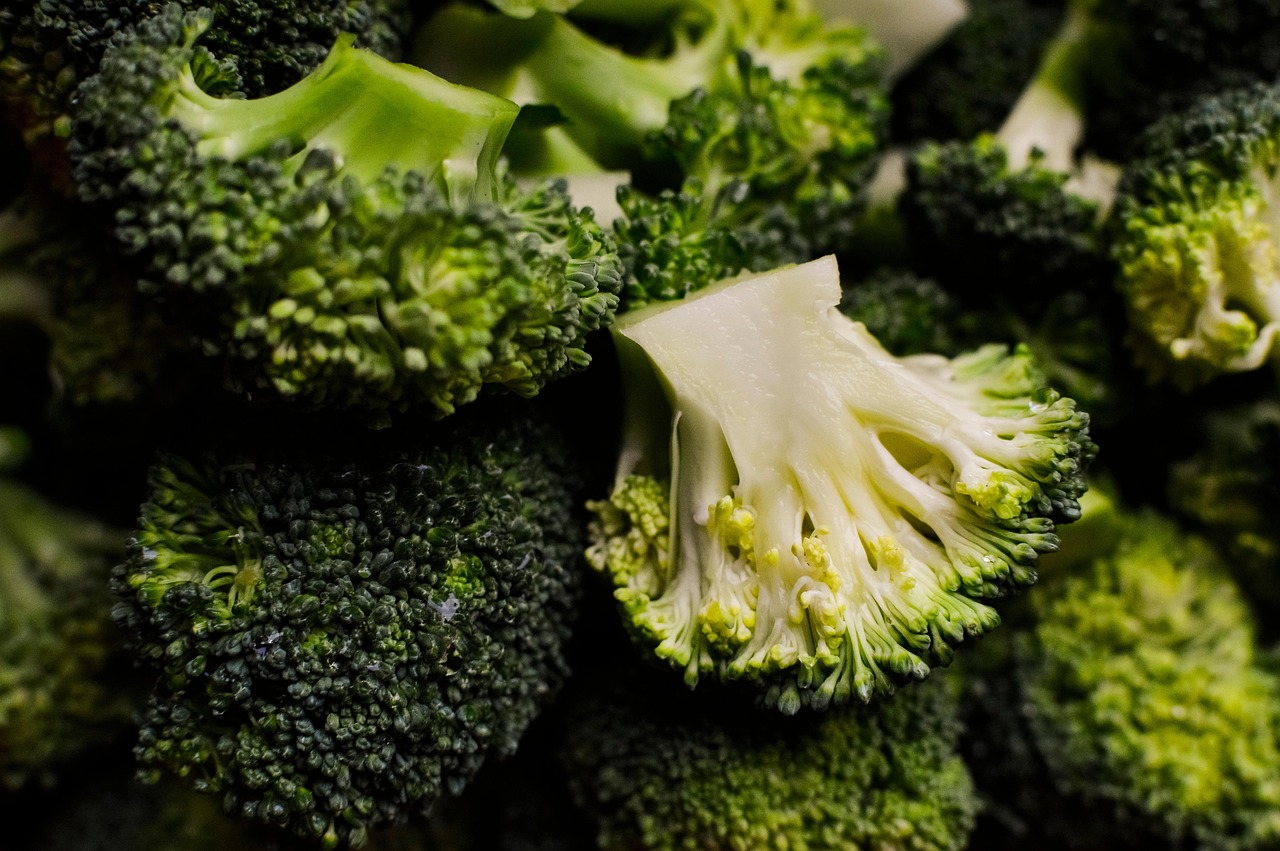“`html
In today’s health-conscious society, many individuals are turning to a low-fat diet as a means to achieve their wellness goals. With a focus on reducing fat intake, particularly saturated and trans fats, this dietary approach aims to promote heart health, aid in weight management, and improve overall well-being. But what exactly constitutes a low-fat diet, and how can it be beneficial for you? In this blog post, we’ll explore the low-fat diet in detail, offering insights, practical tips, and actionable takeaways to help you embark on a healthier lifestyle.
Understanding the Low-Fat Diet
What is a Low-Fat Diet?
A low-fat diet typically limits total fat intake to less than 30% of total daily calories. This approach emphasizes the consumption of high-fiber foods, such as fruits, vegetables, and whole grains, while reducing or eliminating foods high in saturated fats and trans fats.
The Science Behind Low-Fat Diets
Numerous studies support the idea that low-fat diets can lead to weight loss and improved heart health. According to the American Heart Association:
- Replacing saturated fats with unsaturated fats can lower cholesterol levels.
- Eating a diet low in unhealthy fats is associated with a reduced risk of cardiovascular disease.
Benefits of a Low-Fat Diet
Weight Management
One of the primary benefits of a low-fat diet is its effectiveness in weight management. Here are a few key points:
- Caloric Control: By consuming less fat, individuals can decrease overall calorie intake.
- Increased Satiety: Foods rich in fiber (like fruits and vegetables) are naturally low in fat and can help you feel fuller longer.
Actionable Tip: Try meal prepping low-fat meals to avoid impulse eating and ensure you have healthy options available.
Improved Heart Health
Excessive fat intake, especially from unhealthy sources, can contribute to heart disease. A low-fat diet can help mitigate these risks by:
- Lowering cholesterol levels
- Reducing blood pressure
- Decreasing triglyceride levels
Practical Example: Incorporate heart-healthy foods like avocados, nuts, and seeds in moderation to benefit from healthy fats while keeping overall fat intake low.
Foods to Include and Avoid
Foods to Include
To successfully follow a low-fat diet, focus on incorporating a variety of foods:
- Fruits and vegetables
- Whole grains (brown rice, whole wheat bread)
- Lean proteins (chicken breast, fish, legumes)
- Low-fat dairy products (skim milk, yogurt)
Foods to Avoid
While on a low-fat diet, be mindful of avoiding certain unhealthy foods:
- Processed snacks and baked goods high in trans fats
- Fatty cuts of meat and high-fat dairy products
- Fried foods and fast food items
How to Transition to a Low-Fat Diet
Start Gradually
Transitioning to a low-fat diet doesn’t have to be overwhelming. Consider the following steps:
- Assess your current dietary habits and identify high-fat foods.
- Substitute high-fat items with healthier options (e.g., swap butter for avocado spread).
- Focus on portion control to help reduce fat intake gradually.
Plan Balanced Meals
Creating balanced meals can be easier with some simple tips:
- Fill half your plate with fruits and vegetables.
- Incorporate lean proteins to maintain muscle mass.
- Choose whole grains for sustained energy levels.
Common Misconceptions About Low-Fat Diets
Myth vs. Reality
Many misunderstand the low-fat diet, leading to a few common myths:
- Myth: All fats are bad.
- Reality: Healthy fats are essential for the body.
- Myth: Low-fat means no flavor.
- Reality: There are plenty of ways to enjoy delicious, low-fat meals.
Conclusion
A low-fat diet can be an effective way to enhance your health, facilitate weight management, and promote heart health. By understanding the principles of this diet, identifying foods to include and avoid, and gradually transitioning your eating habits, you can achieve sustainable lifestyle changes. Remember, it’s essential to consult with a healthcare provider or a nutritionist to tailor a low-fat diet that fits your specific health needs and goals. Embrace the journey towards healthier eating, and enjoy the benefits of a balanced, low-fat lifestyle!
“`






